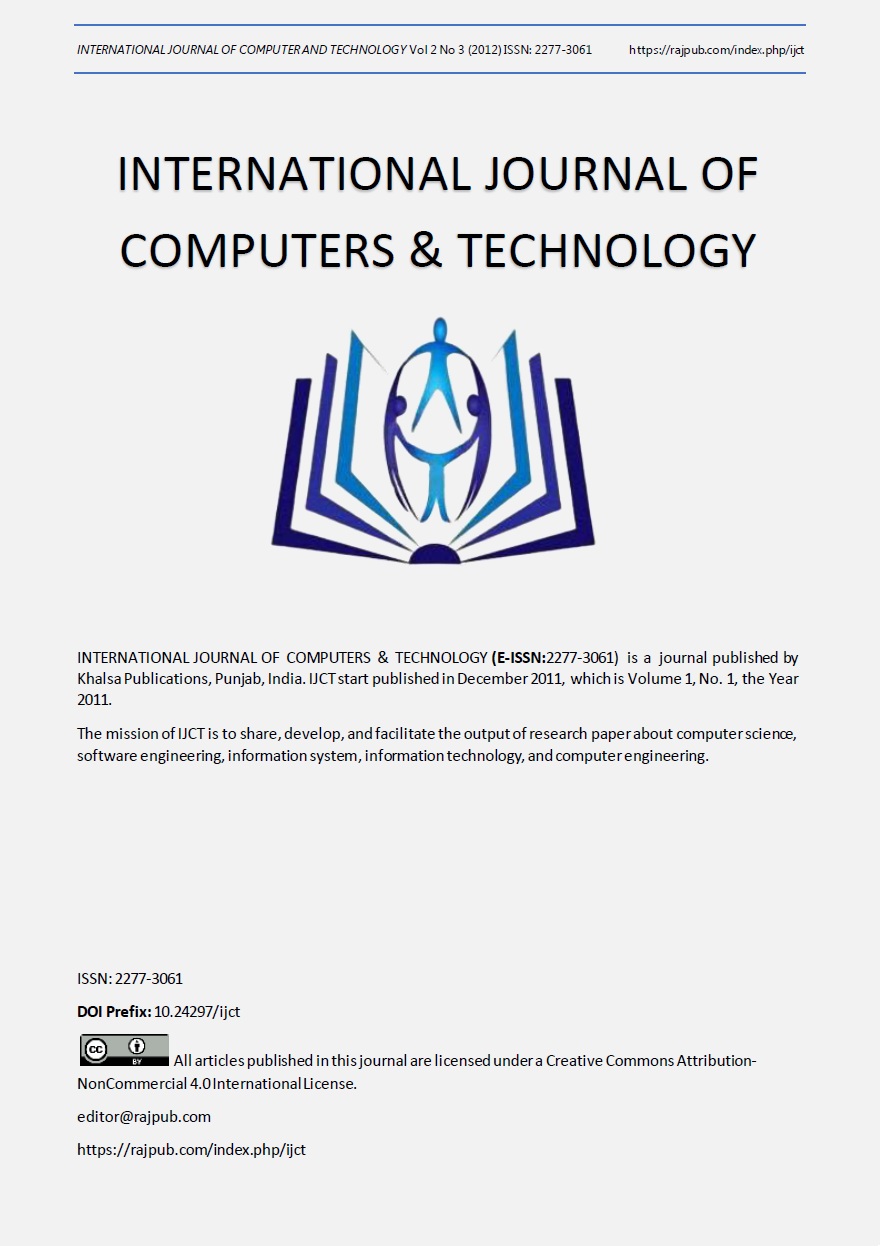Low Power/ High Speed Design in VLSI with the application of Pipelining and Parallel processing
DOI:
https://doi.org/10.24297/ijct.v2i3b.2699Keywords:
VLSI, power consumption, critical path, DFG, UnfoldingAbstract
The main objectives of any VLSI design are Power, Delay andArea. Minimizing all the objectives is a challenge in presentsituation but all efforts to achieve one of these can lead to abetter design. This paper proposes an EDA tool for low power/high speed VLSI design, which solves any DFG to estimate thespeed of operation and the percentage reduction in the powerconsumption using pipelining and parallel processing conceptsDownloads
Download data is not yet available.
Downloads
Published
2012-06-30
How to Cite
Sathish, S., & Lakshminarayana, C. (2012). Low Power/ High Speed Design in VLSI with the application of Pipelining and Parallel processing. INTERNATIONAL JOURNAL OF COMPUTERS &Amp; TECHNOLOGY, 2(3), 96–101. https://doi.org/10.24297/ijct.v2i3b.2699
Issue
Section
Research Articles









